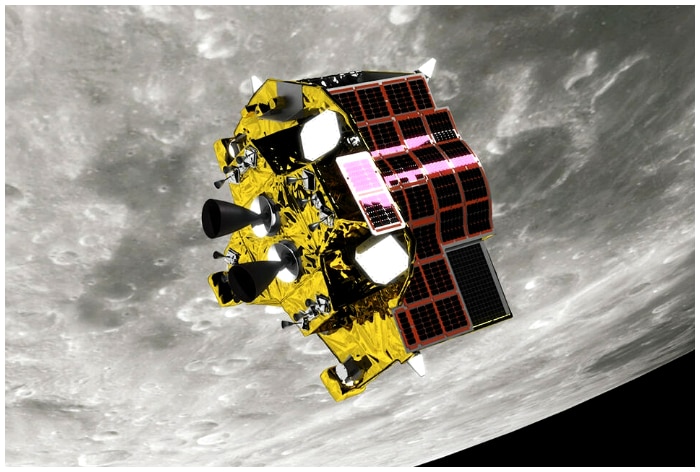
[ad_1]
Notably the launch has already been postponed twice due to the bad weather. The major event will be live streamed on JAXA’s YouTube channel in both English and Japanese languages.

New Delhi: Japan’s space agency JAXA has changed the launch of its XRISM mission X-Ray Imaging and Spectroscopy Mission (XRISM) spacecraft along with Smart Lander for Investigating Moon (SLIM) to August 28 due to a bad weather forecast. Earlier the launch was scheduled on Sunday evening. According to the latest statement, XRISM and SLIM will be launched through a carrier named H-IIA Launch Vehicle No. 47 (H-IIA F47) from Yoshinobu Launch Complex at the JAXA Tanegashima Space Center. JAXA has also reserved on August 29 for the launch if the weather continuous to be unfavourable for the launch.
Launched Was Rescheduled Multiple Times
Notably, the launch has already been postponed twice due to the bad weather. The major event will be live streamed on JAXA’s YouTube channel in both English and Japanese languages. The live stream will start at 7:55 p.m.
The satellite, alternatively known as the X-Ray Imaging and Spectroscopy Mission, stands as a collaborative venture between JAXA and NASA, involving contributions from the European Space Agency (ESA) and Canadian Space Agency as well.
Accompanying the journey is JAXA’s SLIM, which stands for Smart Lander for Investigating Moon. This compact exploration lander has been engineered to showcase a “pinpoint” landing accuracy within a specific area of 100 meters (328 feet), as opposed to the conventional kilometer range, achieved through the utilization of advanced landing technology. This remarkable precision has earned the mission its moniker, Moon Sniper.
The joint mission by the two international space agencies has a bold objective: to explore the universe’s hottest regions, vastest structures, and entities boasting the most potent gravitational forces. Meanwhile, JAXA’s SLIM is on a mission to showcase precise landing techniques through a compact explorer. Learn more about Japan’s space agency’s lunar lander.
Chandrayaan-3 Mission
Japan is launching its spacecraft days after India made history by landing its spacecraft – Chandrayaan-3 – on the south pole of the lunar surface. The rover named Pragyaan is exploring and collecting valuable information about the mysterious region of the moon.
JAXA’s SLIM moon Sniper
JAXA’s SLIM is set to exhibit landing techniques using a compact explorer, further propelling the study of the Moon and planets through more lightweight exploration systems. It is planned for launch as part of a “ride-share” payload alongside XRISM. According to the space agency, the triumphant landing of SLIM would represent a significant advancement towards achieving targeted landings, rather than settling for the simplest landing spots. The spacecraft is also equipped with high-resolution cameras and an image processing algorithm. This intelligent lander can compute and determine the best landing position using data about craters and their locations. The primary test for the lander would gauge its precision in achieving a landing at the intended location.
JAXA’s XRISM Spacecraft
Yet another space mission undertaken by the space agency involves a collaborative initiative with NASA. This mission aims to explore the hottest regions of the universe, investigate its largest structures, and examine objects exhibiting the most intense gravitational forces. The spacecraft possesses the capability to identify X-ray light emitted by gas emanating from galaxy clusters, enabling astronomers to gauge the collective mass of these systems. This breakthrough will unveil details about the Universe’s creation and progression, as stated by the European Space Agency. XRISM’s scrutiny of galaxy clusters will additionally yield insights into the origin and distribution of chemical elements across the Universe.

Don’t Miss Out on the Latest Updates.
Subscribe to Our Newsletter Today!

[ad_2]